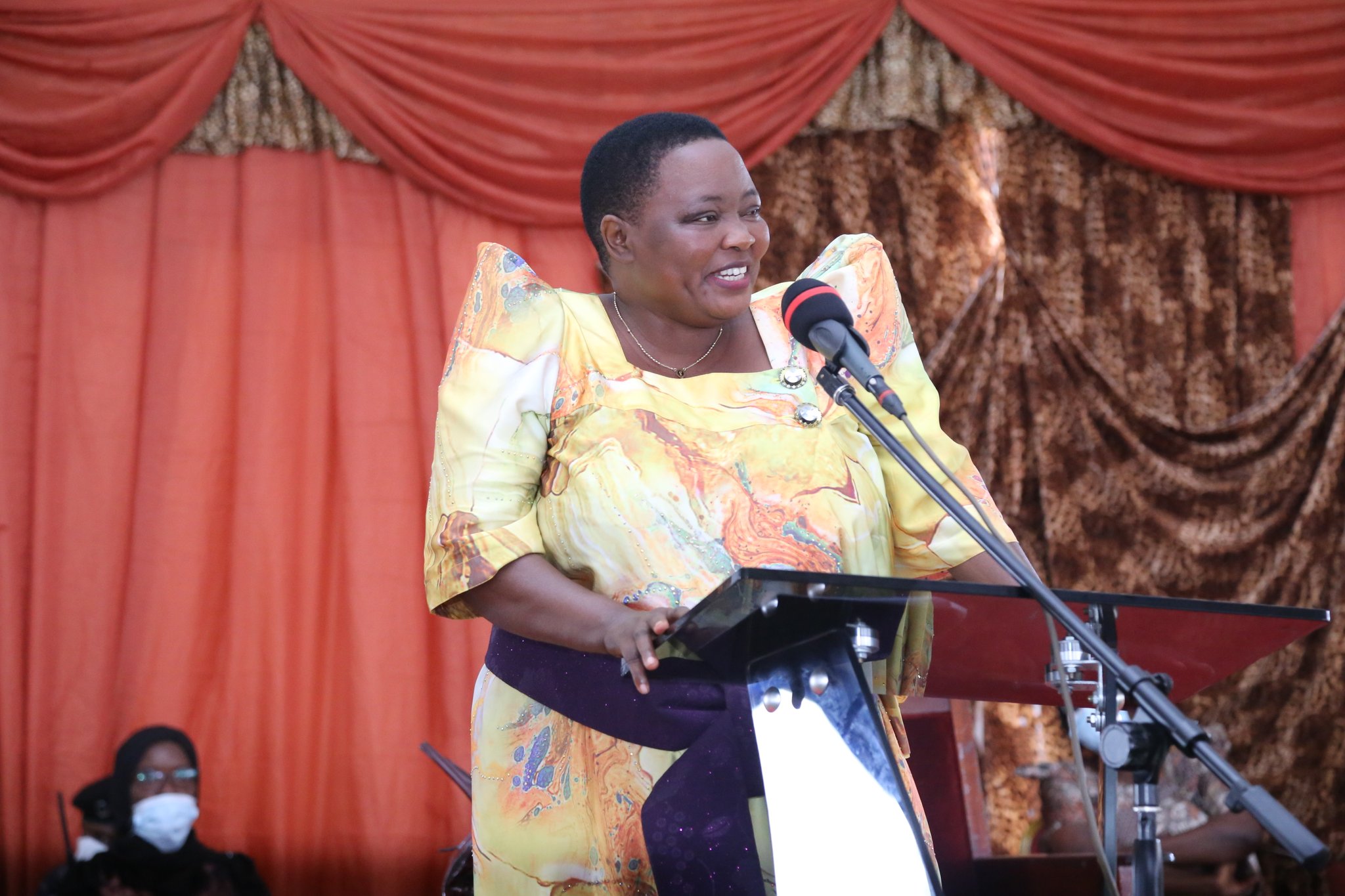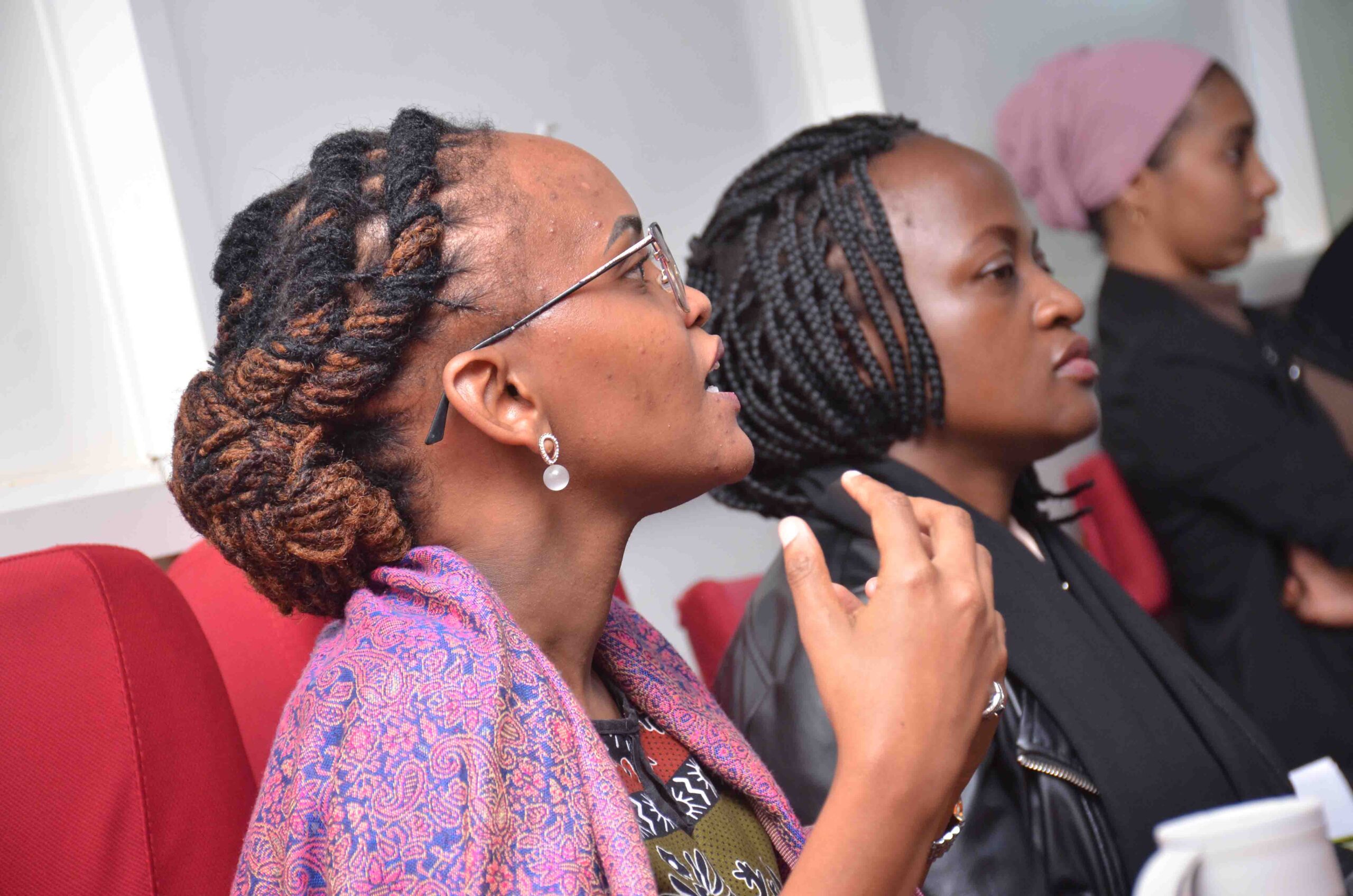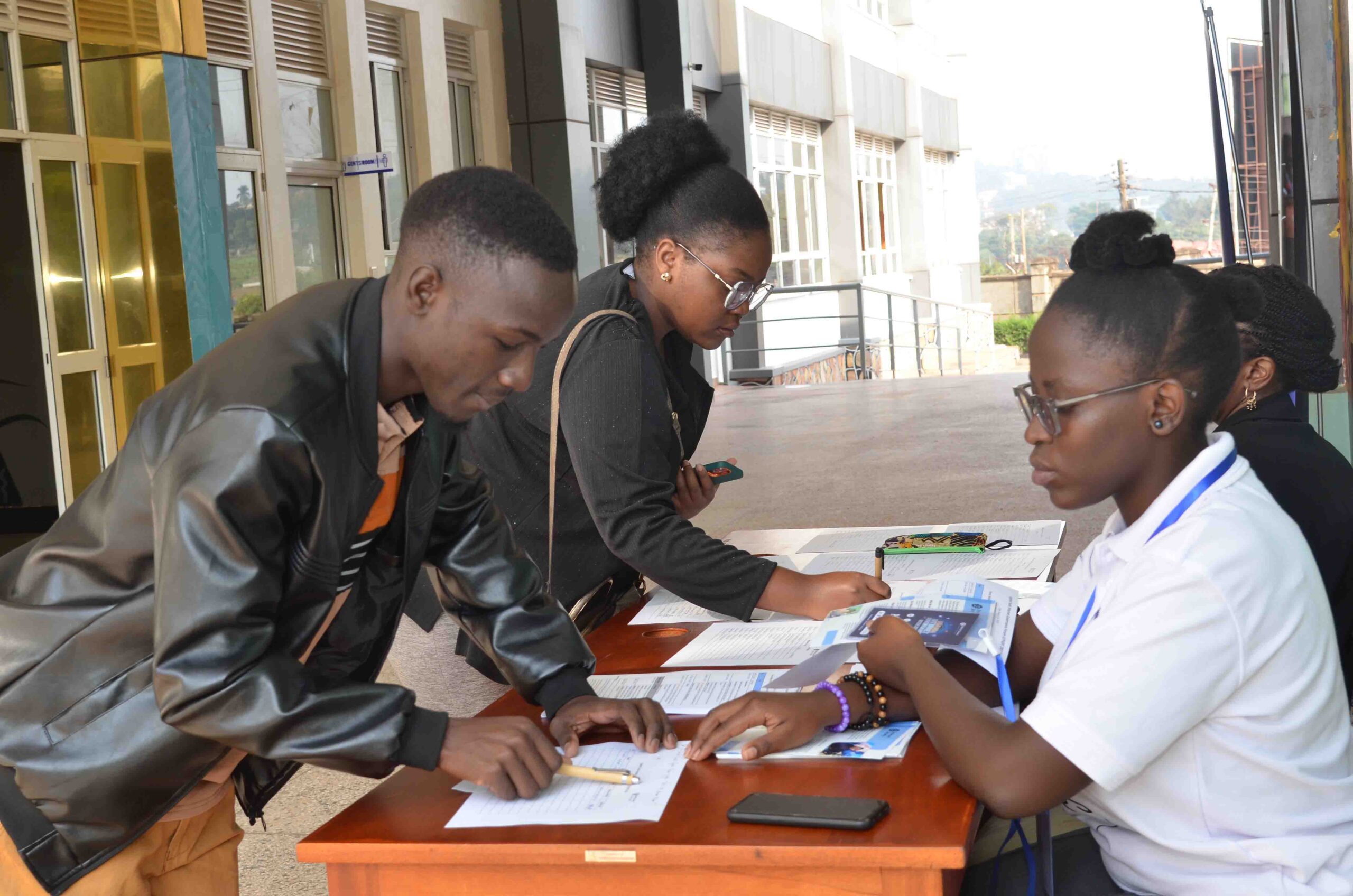Promoting Community Justice together.
Women of the Luuka cell in Eastern Uganda after a discussion.
Published on Monday, October 4, 2021 by admin
Introduction:
Community justice involves addressing conflicts and injustices within the community through collective action, mediation, and restorative practices. By promoting community justice, you can help create a safer, more equitable environment for everyone. This guide will help you understand and implement community justice initiatives in your area.
Step-by-Step Guide:
- Identify Community Issues:
- Conduct Community Assessments:
Engage with community members to identify common issues, conflicts, or injustices that need to be addressed. This can be done through surveys, focus groups, or community meetings. - Prioritize Issues:
Once the issues are identified, prioritize them based on urgency, impact, and the community’s capacity to address them. Focus on issues that have the potential to bring about significant positive change. - Build Community Consensus:
Work with community leaders, elders, and influential members to build consensus on which issues to address and how to approach them. Collective agreement is crucial for successful community justice initiatives.
- Conduct Community Assessments:
- Develop a Justice Plan:
- Set Clear Objectives:
Define what you want to achieve with your community justice initiative. Objectives might include reducing violence, resolving disputes, or increasing awareness of rights and responsibilities. - Choose Appropriate Methods:
Depending on the issue, methods might include mediation, restorative justice circles, awareness campaigns, or community tribunals. Choose methods that are culturally appropriate and acceptable to the community. - Allocate Resources:
Identify the resources needed for your initiative, including time, money, and people. Seek support from local organizations, NGOs, or government bodies if necessary.
- Set Clear Objectives:
- Implement the Plan:
- Train Community Mediators:
If your plan involves mediation, train a group of community members in conflict resolution and mediation techniques. These mediators can then help resolve disputes fairly and impartially. - Launch Awareness Campaigns:
Educate the community about their rights, responsibilities, and the available justice mechanisms. Use workshops, posters, radio programs, and social media to spread the message. - Establish Reporting Mechanisms:
Create safe, accessible channels for community members to report injustices or conflicts. Ensure that these mechanisms are confidential and that reports are taken seriously.
- Train Community Mediators:
- Evaluate and Adjust:
- Monitor Progress:
Regularly assess the effectiveness of your community justice initiative. Are conflicts being resolved? Are community members feeling safer? Use feedback from participants to gauge success. - Make Adjustments:
Based on your evaluations, make necessary adjustments to improve the initiative. This might involve changing methods, expanding the program, or addressing unforeseen challenges. - Celebrate Successes:
Acknowledge and celebrate the successes of your community justice initiative. Recognize the efforts of those involved and share stories of positive change to inspire continued participation.
- Monitor Progress:
Tips:
- Involve All Stakeholders:
Ensure that all segments of the community are involved in the justice process, including women, youth, and marginalized groups. Inclusive participation strengthens the initiative. - Promote Restorative Practices:
Focus on healing and restoring relationships rather than punishment. Restorative practices help build stronger, more cohesive communities. - Seek External Support When Needed:
If certain conflicts or injustices are beyond the community’s capacity to resolve, seek support from legal professionals, human rights organizations, or government bodies.



